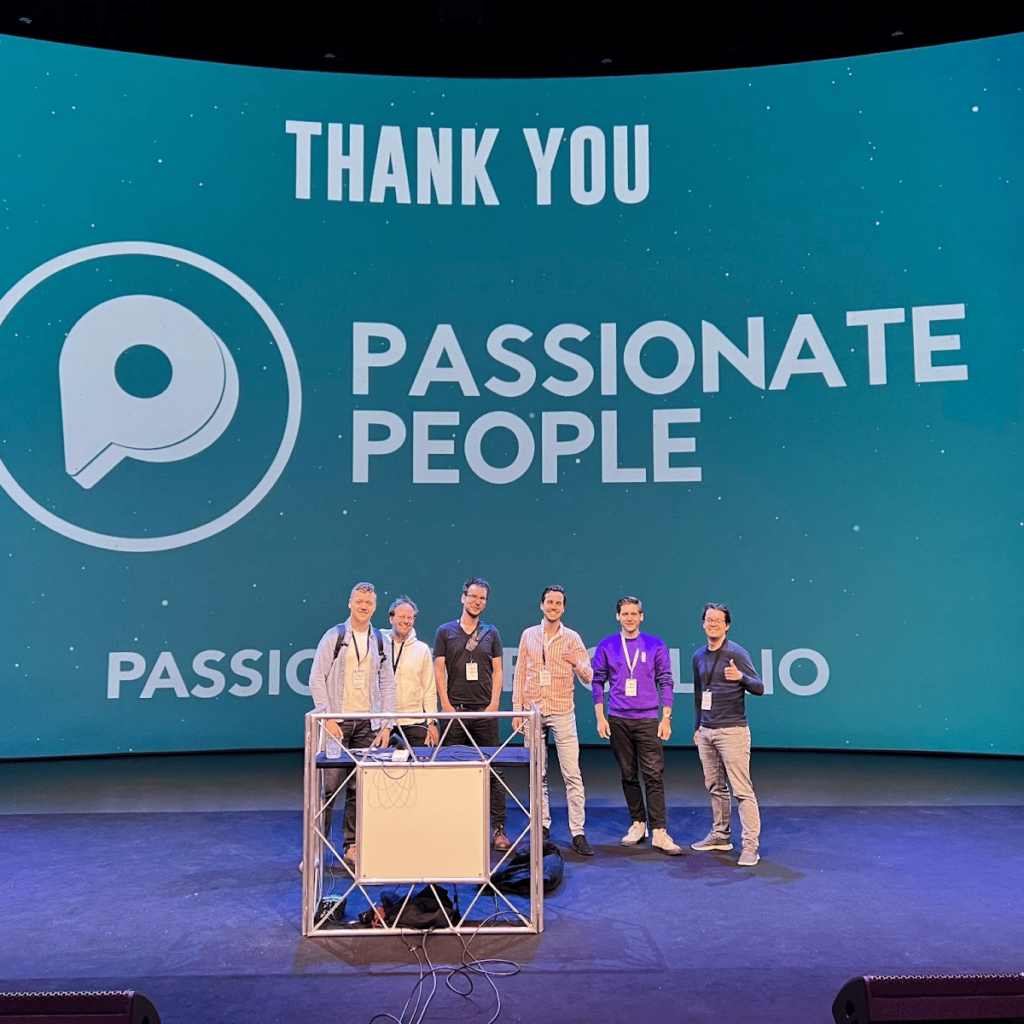
1. How do search engines work?
You can ensure that your text appeals to search engines by taking the search engine's algorithm into account. Since Google is the most used search engine, we will focus on this in the explanation of search engines. However, other search engines use similar principles.
Spiders?
Google sends so-called spiders, crawlers or bots around the internet to index web pages. These crawlers determine what topic a website is about. For example, the crawlers look at titles, subheadings and introduction.
Based on this, they include the website in Google's database, better known as the index. Hence, this process is also known as indexing. By ensuring that the keyword for which you want to be found appears here, you can ensure that your website is listed under the correct terms in the index.



























































































































